Indoor Air Quality Advice and Tips
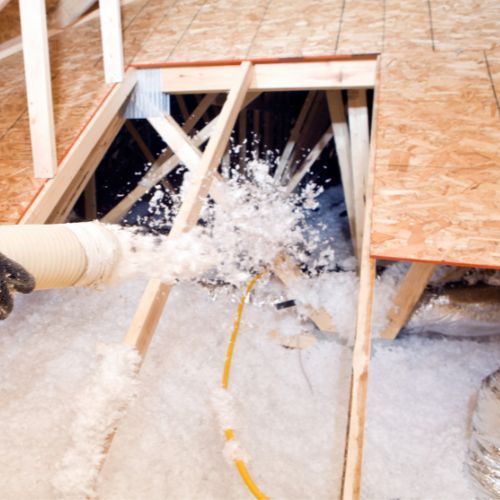
The Impact of Insulation on Your HVAC Performance
TL;DR: Insulation is crucial for maintaining comfort and energy efficiency in your California home. It reduces heat transfer, lowers energy bills, and enhances HVAC performance by minimizing workload.Elevated Comfort offers professional assessment and installation to optimize your home’s insulation and HVAC efficiency—contact us for expert guidance. Insulation is a critical component of your home’s overall […]
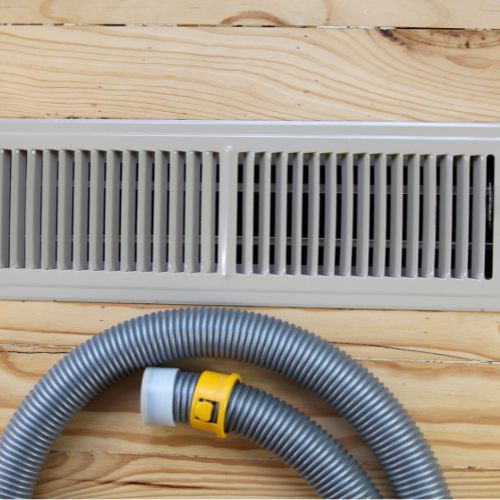
The Impact of Duct Cleaning on HVAC Efficiency
TL;DR: Maintaining clean ducts is crucial for optimal HVAC performance in California. Elevated Comfort highlights how dirty ducts restrict airflow, increase energy consumption, and cause uneven heating or cooling. Regular duct cleaning improves airflow, saves energy, enhances indoor air quality, extends HVAC lifespan, and ensures consistent home comfort. Trust Elevated Comfort for professional duct cleaning […]
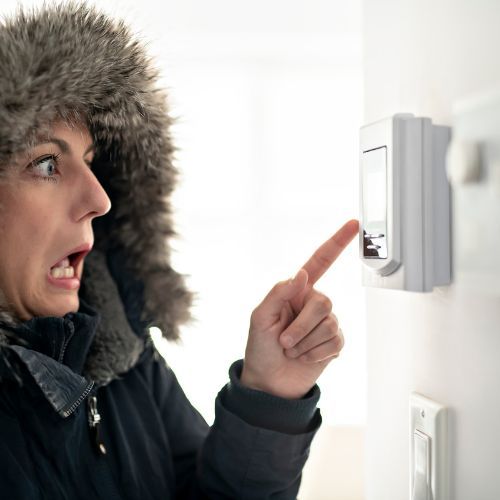
Addressing Uneven Heating or Cooling in Your Home
TL;DR: In California, maintaining consistent indoor temperatures can be challenging due to issues like poor insulation, leaky ducts, and improperly sized HVAC systems, resulting in uncomfortable hot and cold spots. Elevated Comfort provides tailored solutions to address these challenges, ensuring optimal indoor comfort in California homes. Maintaining a comfortable temperature throughout your home is essential […]
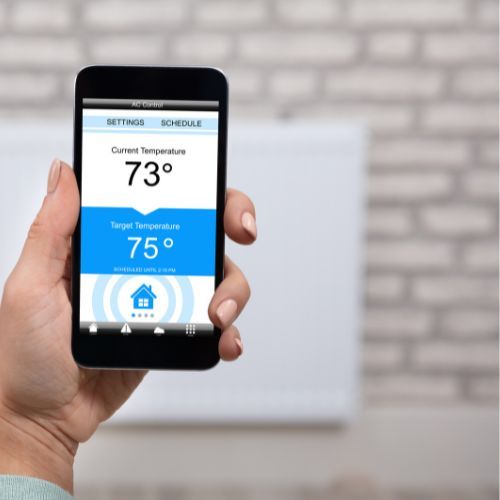
Benefits of Upgrading Your Home with Smart Thermostats
TL;DR: Smart thermostats enhance home climate control by learning your schedule and preferences to automatically adjust settings, improving efficiency and comfort. They offer precision temperature control, adaptable scheduling, and integration with smart home systems. These devices also provide real-time energy monitoring, proactive maintenance alerts, and can improve indoor air quality. Upgrading to a smart thermostat […]
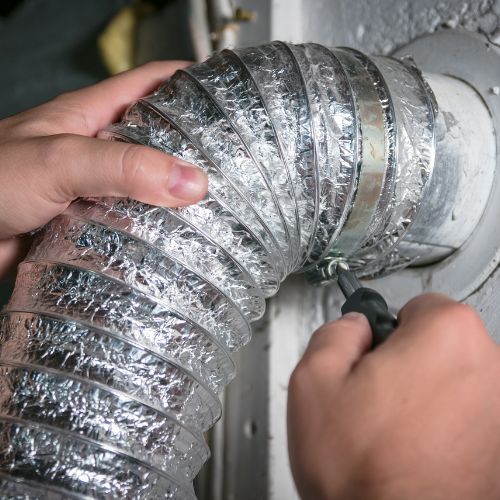
Top Signs It’s Time To Replace Your Home’s Ductwork
TL;DR: Over time, ductwork ages and can develop issues like leaks, blockages, and mold, compromising air quality and HVAC efficiency. Signs it’s time for replacement include declining air quality, inconsistent temperatures, high energy bills, visible damage, mold growth, noisy ducts, pest infestations, advanced age, poor initial design, and frequent HVAC repairs. Replacing ductwork improves energy […]
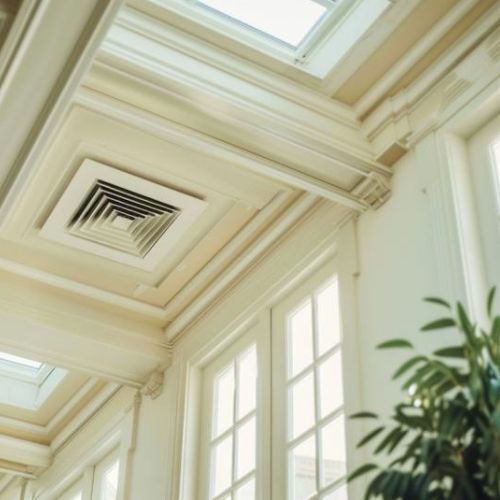
HVAC Maintenance: Your Secret Weapon Against Poor Air Quality
TL;DR: Indoor air quality is crucial for health, but often overlooked. Regular HVAC maintenance is essential for filtering out pollutants and improving air quality in your home. Maintenance prevents pollutant buildup, maintains low humidity, and ensures efficient operation of your HVAC system. Tasks include regular filter changes, duct cleaning, and professional inspections. Recognize signs of […]

Santa Rosa Air Quality Solutions for Spring
TL;DR: Maintaining your HVAC system, investing in indoor air quality solutions like air purifiers and HEPA filters, and opting for professional duct cleaning are essential steps to ensure a healthier indoor environment, especially during spring in Santa Rosa. These measures significantly reduce common allergens, such as pollen and dust, enhancing the comfort and well-being of […]
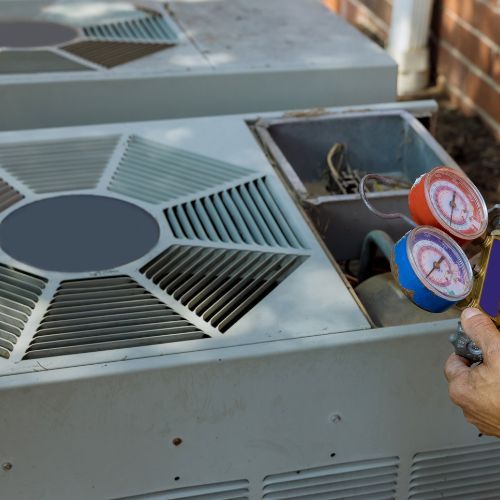
Improving Your Air Quality With Regular HVAC Maintenance
TL;DR: Indoor air quality is often overlooked but crucial for health. With most Californians exposed to harmful pollutants, maintaining HVAC systems is essential. Regular tasks like changing filters and cleaning ducts are vital for better air quality. Recognizing signs of poor air, like allergies or excessive dust, prompts action. Additional steps like using air purifiers […]

Fireworks & Indoor Air Safety Tips
Excerpt: Explore the effects of fireworks smoke on air quality, discover the importance of air filtration systems, and learn how to protect your home when the outdoor air quality drops.

5 Airborne Allergens to Watch For in Northern California
Learn about airborne allergens found in NorCal, such as pollen, mold spores, dust mites, mildew, and bacteria, and the importance of ensuring high IAQ to prevent their dissemination.

3 Ways to Boost Indoor Air Quality in Winter
Poor winter indoor air quality have you feeling under the weather? These 3 tricks from the IAQ experts at Elevated Comfort can help you heal.
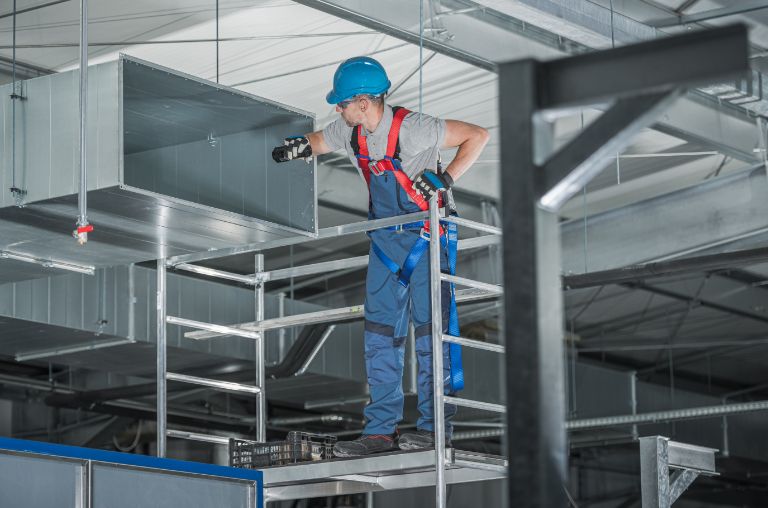
7 Signs You Need Professional Air Duct Cleaning
If you haven’t kept up with your ducts, there’s a good chance you’ll see these signs you need professional air duct cleaning from Elevated Comfort.